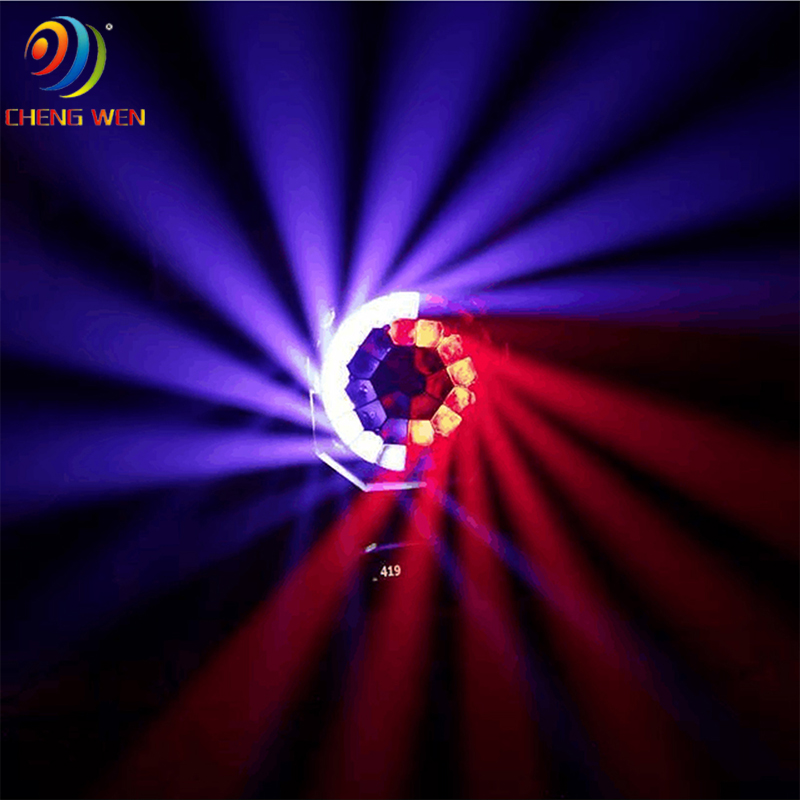Multi-element Analyzer The multi-element analyzer is a key instrument used to determine the chemical composition of metal materials such as steel and iron. It is widely applied in industries like metallurgy, mining, machinery, foundries, chemical processing, research institutions, and quality inspection departments. These analyzers come in various types, including computerized multi-element analyzers, microcomputer high-speed analyzers, metal multi-element analyzers, carbon-sulfur analyzers, infrared carbon-sulfur analyzers, and ore element analyzers. Among them, carbon-sulfur analyzers are particularly popular due to their efficiency and accuracy. This article introduces the combustion method for determining carbon and sulfur content, focusing on the use of additives in this process. Common Types of Additives Used When using the combustion method to analyze carbon and sulfur, common additives include Sn, Cu, Fe, CuO, V2O5, Cr2O3, SiO2, SnO2, Si, W, Mo, MoO3, WO3, B2O3, and more. The choice of additive varies depending on the type of combustion system. For example, high-frequency furnaces typically use tungsten particles, electric arc furnaces often use iron powder or silicon-molybdenum powder, and tube furnaces commonly use tin particles. In some cases, special or composite additives may be required based on the sample being tested. For instance, electric arc furnaces might use TH-100 additives, while high-frequency furnaces may employ composite additives containing tin. Role of Additives in Combustion Additives play several important roles during the combustion process. One of their primary functions is to act as a flux, lowering the melting point of the material so that it can fully melt and allow gases like CO₂ and SO₂ to escape. Iron has a melting point around 1529°C, and even with other elements present, it's difficult to achieve complete melting at lower temperatures. Without proper fluxes, these gases would remain trapped in the solid phase, leading to inaccurate results. Historically, additives were often referred to as fluxes due to this critical role. Another function is the heating effect. Some additives, such as metals and non-metals, release heat when oxidized in an oxygen stream, which helps increase the furnace temperature—especially in electric arc furnaces. Additionally, additives can help adjust the acidity or alkalinity of the medium. Since CO₂ and SO₂ are acidic oxides, an alkaline environment can hinder their release. By adding appropriate acidic or neutralizing agents, the combustion environment can be optimized for better gas evolution, especially for SO₂, which is highly sensitive to pH changes. Stirring is another crucial aspect. Additives like SiO₂ can accelerate the diffusion of sulfur ions by reducing the density of the liquid phase, allowing sulfur to rise more easily. Some additives also generate gas when heated, which helps stir the molten material and improve mixing. Catalytic effects are also observed, where certain additives like CuO assist in the oxidation of carbon and sulfur, enhancing the reaction rate. In electric arc furnaces, small amounts of tin or silica can stabilize the combustion process, preventing fluctuations that could affect accuracy. Some additives also serve an anti-interference purpose. For example, substances like FeO₃ or SnO₂ can absorb SO₂ after combustion, leading to underreported results. Adding the right kind of additive can prevent this adsorption and reduce measurement errors. Finally, additives can participate in chemical reactions, influencing the overall combustion dynamics and ensuring accurate detection of carbon and sulfur content. There are many types of multi-element analyzers, each playing a vital role in industrial and mining enterprises. Their application in carbon and sulfur analysis is particularly widespread. Understanding the proper use of additives in the combustion method is essential for achieving reliable results. This brief overview aims to provide useful insights into the process of determining carbon and sulfur content using the combustion method, benefiting both professionals and newcomers in the field.
The moving head light series is an indispensable style of stage
lighting. Washing lights and focusing lights can add more beautiful
color dynamic effects to the stage and make the stage more colorful.
Applicable places include various large and small stages, bars,
restaurants and other places, one of the essential products for light
shows. More other types of moving head lights, such as laser beam
lights, phantom electrodeless lights, COB moving head lights, etc.,
rotate 360 degrees to make the stage more dynamic.

Moving Head Lights,Led Moving Head,Mini Moving Head Light,Led Moving Head Light
Guangzhou Cheng Wen Photoelectric Technology Co., Ltd. , https://www.cwdisplay.com